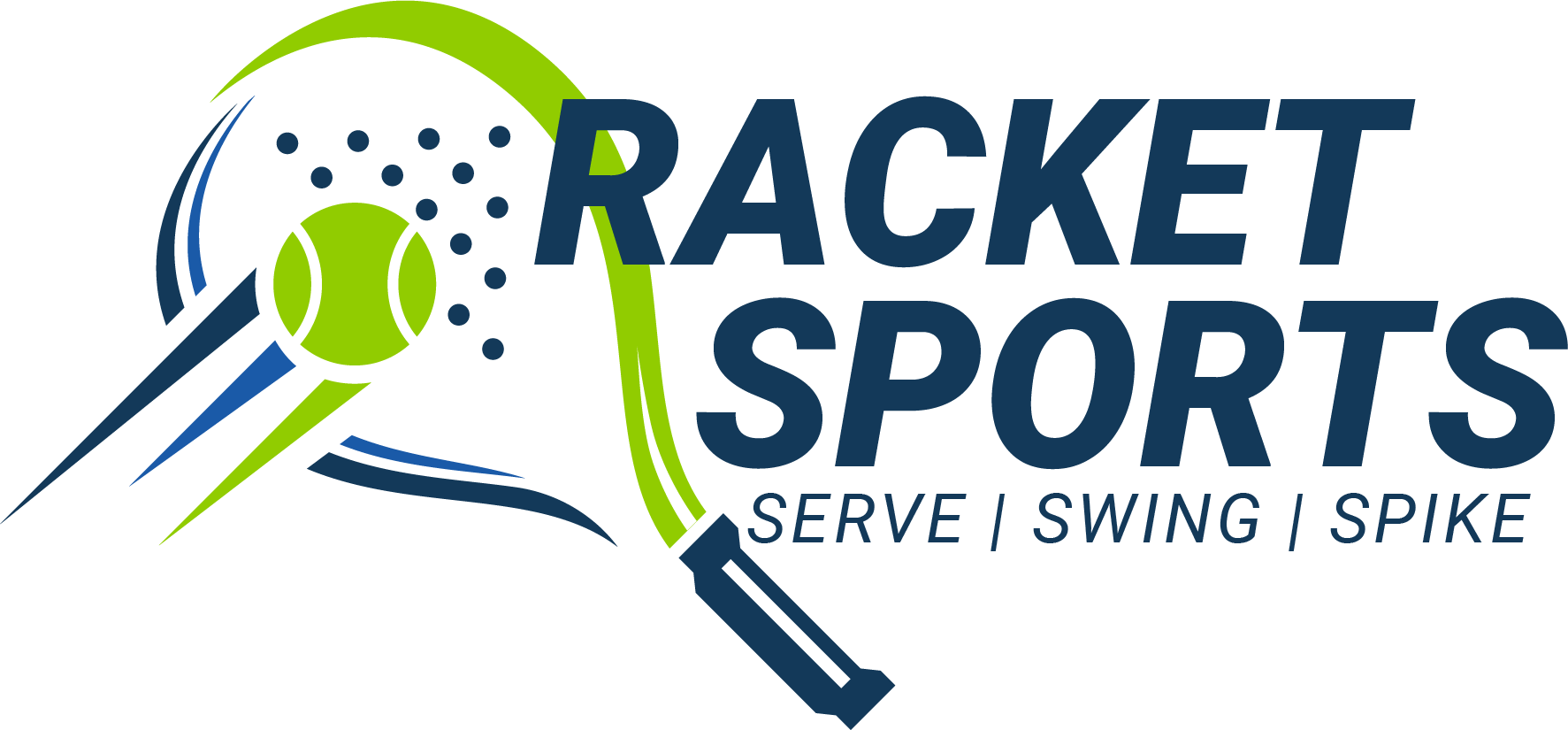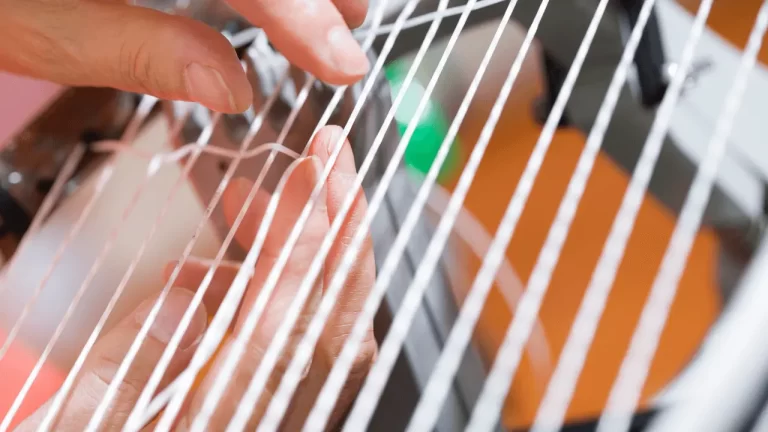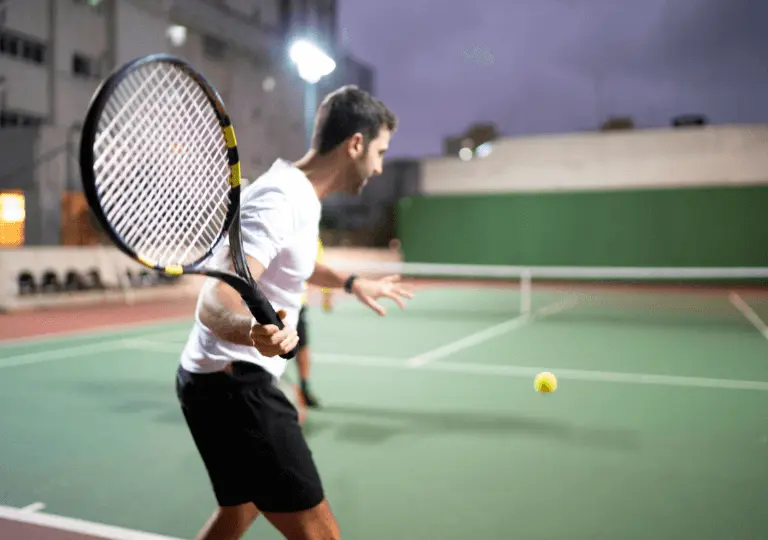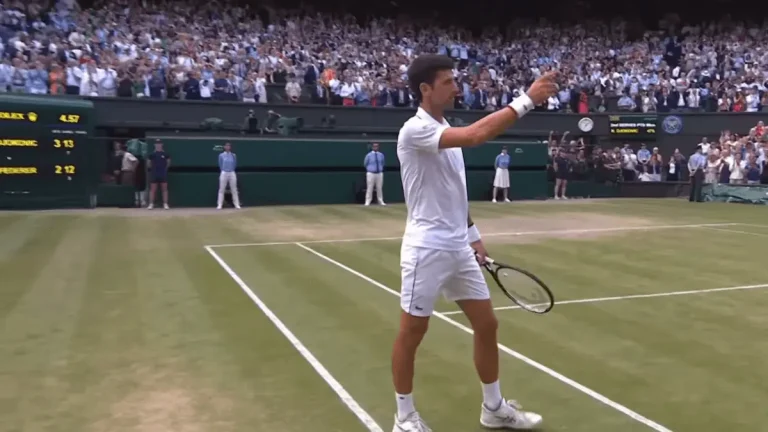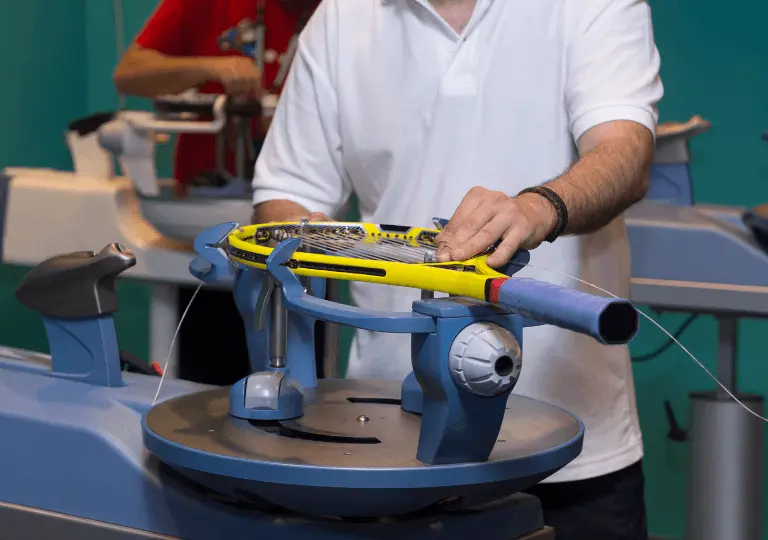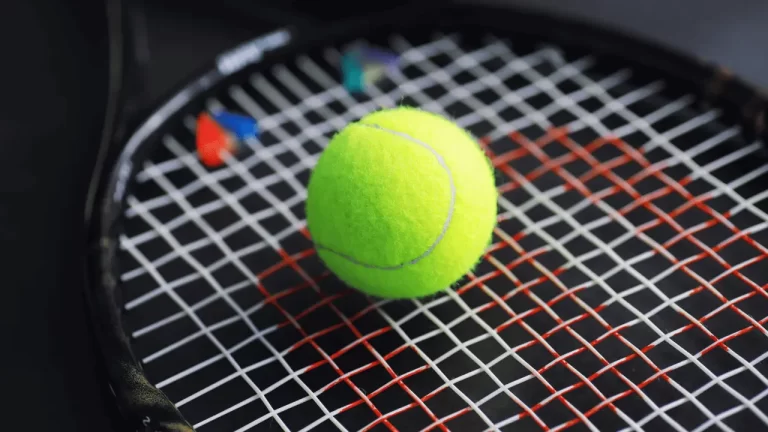Learn How to Choose a Tennis Racquet with Right Grip Size
How to choose a tennis racquet? This answer varies from person to person because of the different skill levels. Some rackets are best to have more control, while others are designed to assist in having more power.
Beginners often face power issues, which is why big-framed rackets with heavy bodies are suitable. While professional players need more grip and handling, compact-sized rackets with lighter body weight are best.
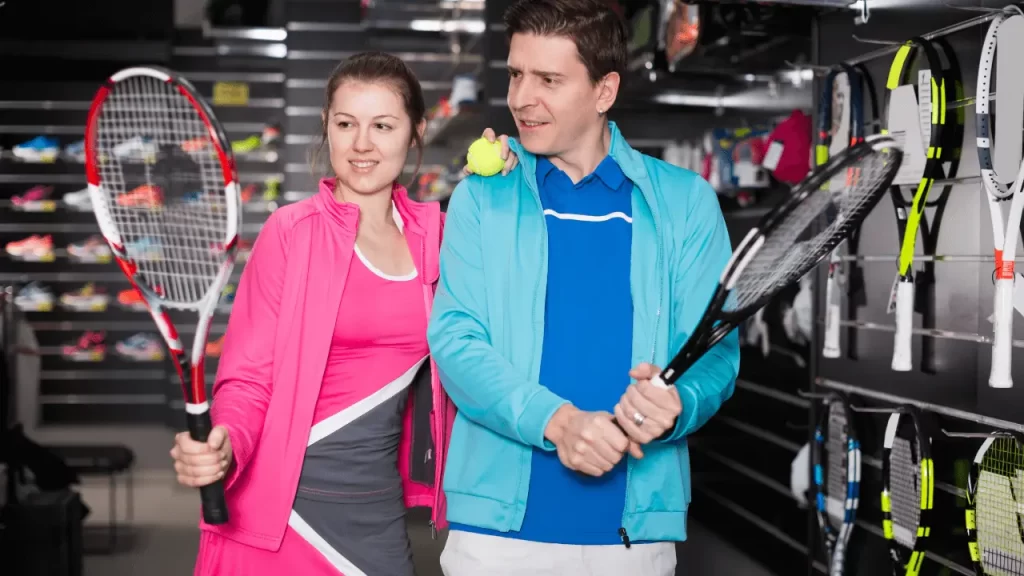
Likewise, string tension plays a crucial role, and so do the types of strings. A newbie does not know much about it, but without having sound knowledge, playing tennis becomes difficult.
Choosing the most suitable tennis gear according to your skills, strengths, and weaknesses is simple and plain but needs some insightful knowledge. If you don’t know what are the pros and cons of choosing a racquet and what factors can impact your entire game, here is the detail.
Discover How to Choose a Tennis Racquet: Factors to Consider
Whether you are a beginner or a skilled player, you need to understand that not every type of tennis racket is for you in the game of tennis. Aside from that, the length, width, and weight of the racket greatly affect the performance. Different factors play a vital role in making a perfect tennis racket. The factors to choose the best tennis racquet are as follows.
Experience Level
The higher the experience, the higher the demand for the smooth performance of any tennis racket with better handling and grip. Beginners need to choose the right rackets that assist them in having better power exertion. It is important to determine your skill level before selecting a racket.
Capabilities
Despite experience level, players vary from one another on the basis of their capabilities. Thus, they need to understand their abilities to boost their skills by choosing the right type of racquet accordingly.
For example, women often face problems with power, therefore, they need rackets with bigger frames to assist in having more power. While some players find it difficult to control the movements of the racket, they prefer rackets that are compact and provide more control over the strokes.
Specific Preferences
Whether you want to play single matches or double matches impacts your decision to purchase a particular tennis racket. If you prefer singles, then you need to move around more frequently as you have to cover more courts. While running from right to left, you need more control. Compact rackets are preferable for full strokes.
In case of double matches, you have a smaller area to roam around. You need quick shots, and to play fast for defending a heavy racket is preferable. Such rackets are usually associated with more control, especially while playing from the baseline.
Strengths and Weaknesses
Some players find it difficult to spin and volley, and others feel difficulty while having aggressive strokes. The right tennis racket helps you in overcoming your weaknesses while polishing your strengths.
Budget
This is also another important factor that determines your choice of any brand. Some brands are offering these rackets at the lowest price, like 15$ while others are selling rackets at a price of more than 500$, depending on the quality factors. This price range means you need to determine your budget first. Then, choose a racket that meets your needs and falls under your budget.
Technical Aspects of Tennis Racquets: Choose the right Head size, string Pattern, and Grip Size
Now, we will evaluate the role of different parts of tennis rackets and how they vary from one brand to another. This technical analysis will help you understand the mechanism of these rackets with more clarity:
Size of Head
The head size of a tennis racket ranges from 95 square inches to 110 square inches. Does the size of the head matter while playing tennis? Yes, the size of the head dictates your playing style. large head rackets deliver more power than a smaller head size.
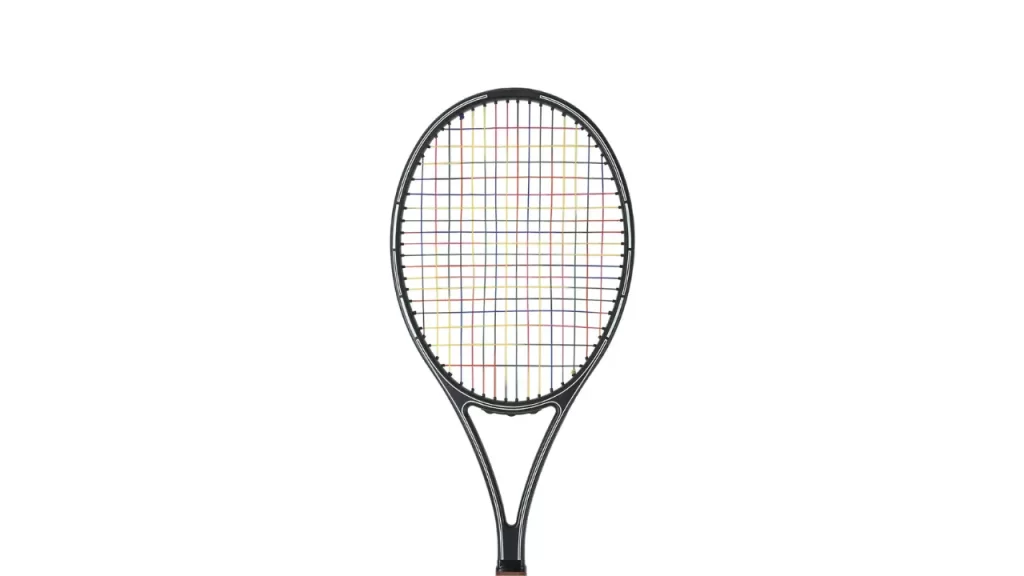
Experienced players who have no power issues choose the smaller head sizes as they allow more control over the strokes. They can also perform various hitting styles and can move the racket easily. A big-sized frame allows you to experience more power and helps in aggressively hitting the ball.
Stiffness
You can measure the stiffness of any racket by measuring how much it bends when a ball hits the frame. If the frame of the racket is stiff, then you need to exert less power while hitting the ball.
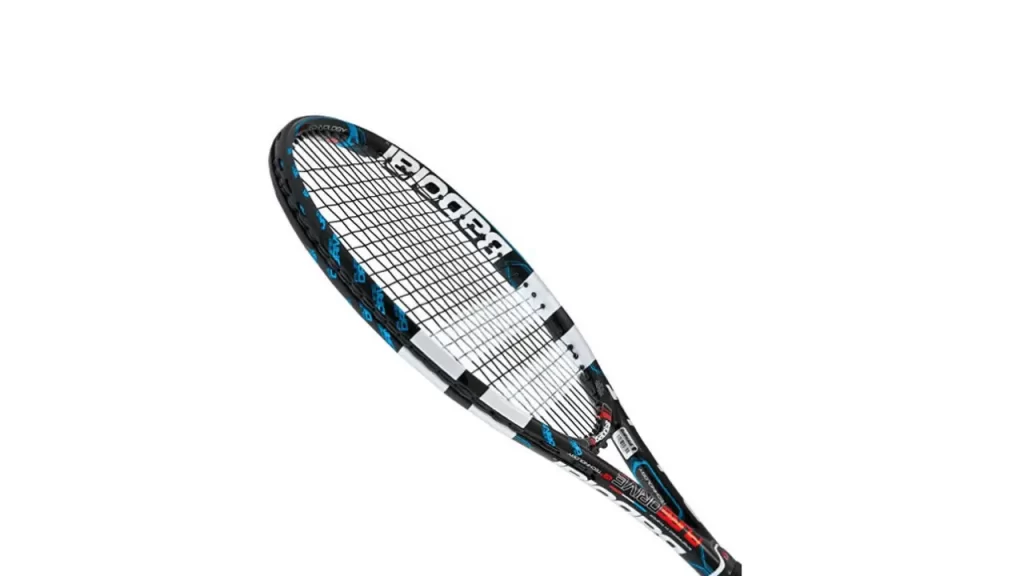
You can bounce back your energy quickly. Consequently, more power and control are associated with stiffer rackets. However, stiffness will result in a higher impact after shock towards your hand.
Length
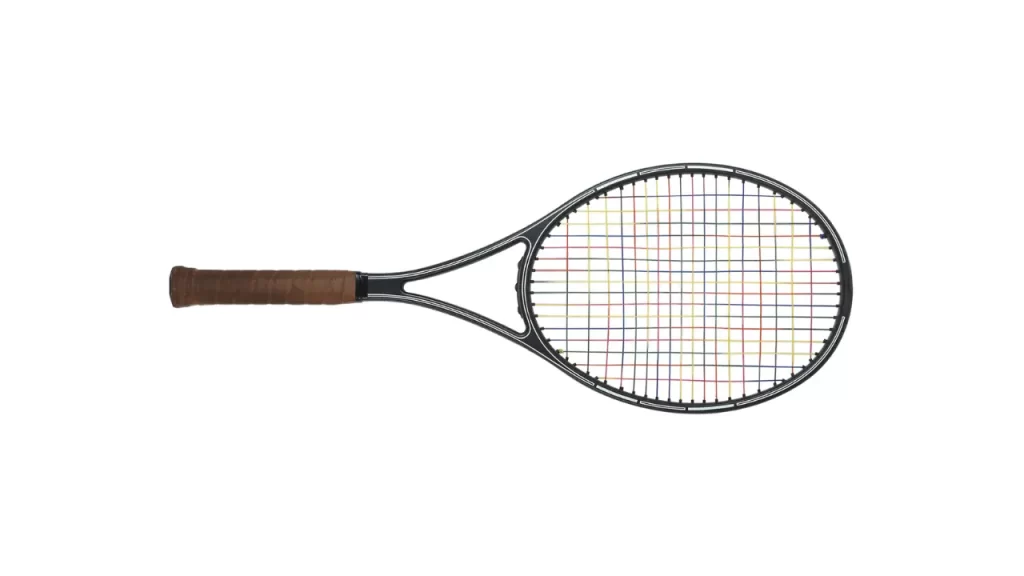
The length of a tennis racket varies from 27 inches to 29 inches maximum. The longer length of the racket means you have more reach, as you can hit the ball even from a distance. However, shorter lengths are better in terms of higher control and having various playing styles. That is why most professional players prefer short-length rackets.
Weight
A racket whose weight is less than 285 grams is considered a lightweight racket, while a racket whose weight is above 300 grams is considered a heavyweight racket. Heavier ones are great for power, while lighter ones are best for control.
Remember that some rackets have more weight on their head while others have more weight on their handle and throats. Rackets that have heavy heads are better in terms of power, while light-head rackets are great in terms of handling and control.
Determining Your Skills Level Before Choosing The Right Tennis Racquet
As mentioned above, the choice of tennis racket is heavily dependent upon your skill level. The first step is to understand whether you come under the category of beginner, intermediate player, or professional player.
Newbie Signs
In the case of playing tennis only once in a while or if you are planning to start it for better physical health or as a time pass activity, then you are a beginner. You will find it challenging to have a grip on the racket and or unable to understand when it is the right time to hit back with more power.
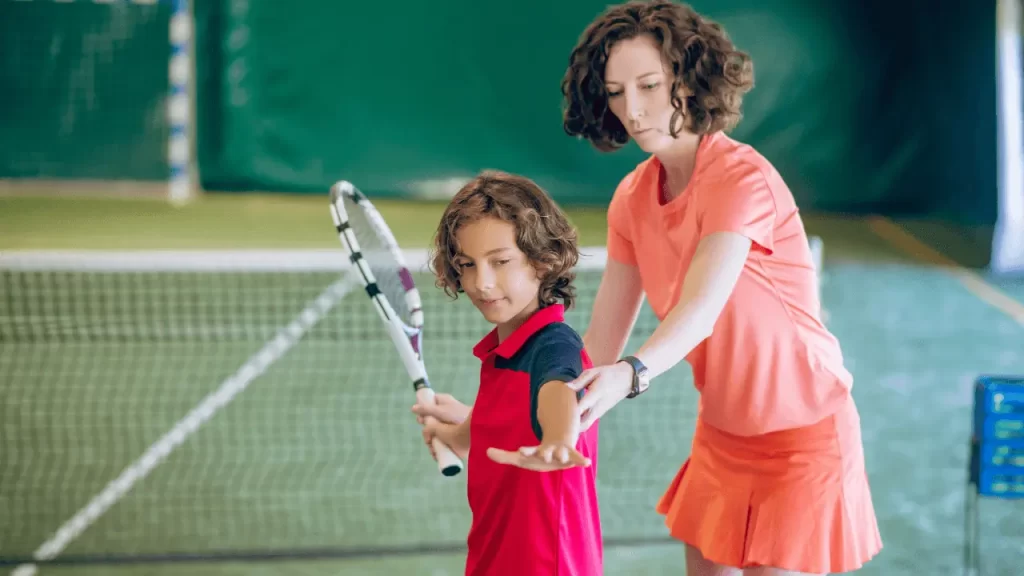
Intermediate Skill Level
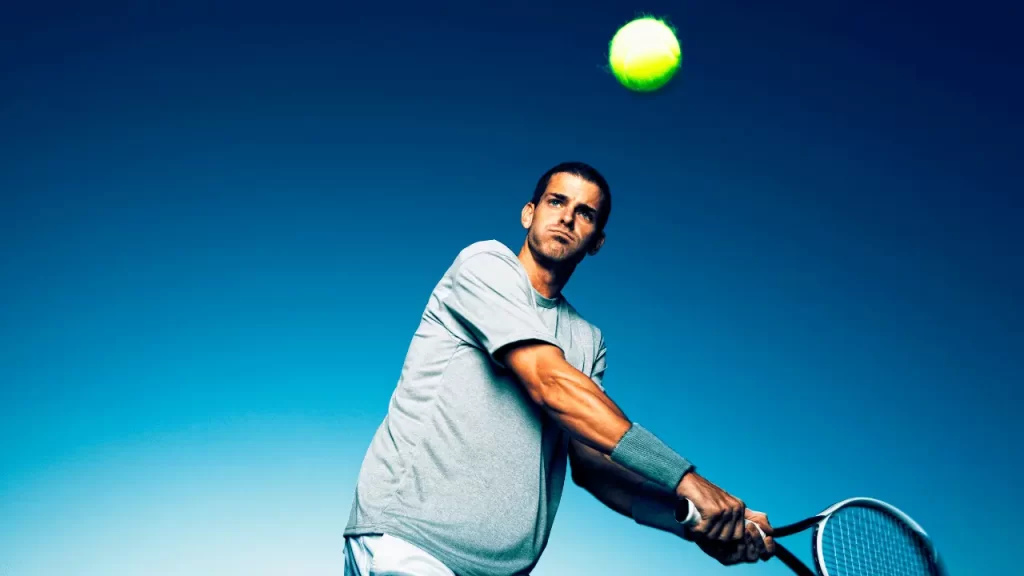
An intermediate player is capable of having moderate shots with better directional control. Such players are able to strike forehands as well as backhands. However, they are still facing difficulties in spinning or hitting with power, and they are limited in terms of stroke styles.
Skilled or Professional Player
Higher directional control while spinning and striking with power means your skills are under the category of advanced level. Such a player is able to enjoy various strokes with a smooth hand and foot coordination.
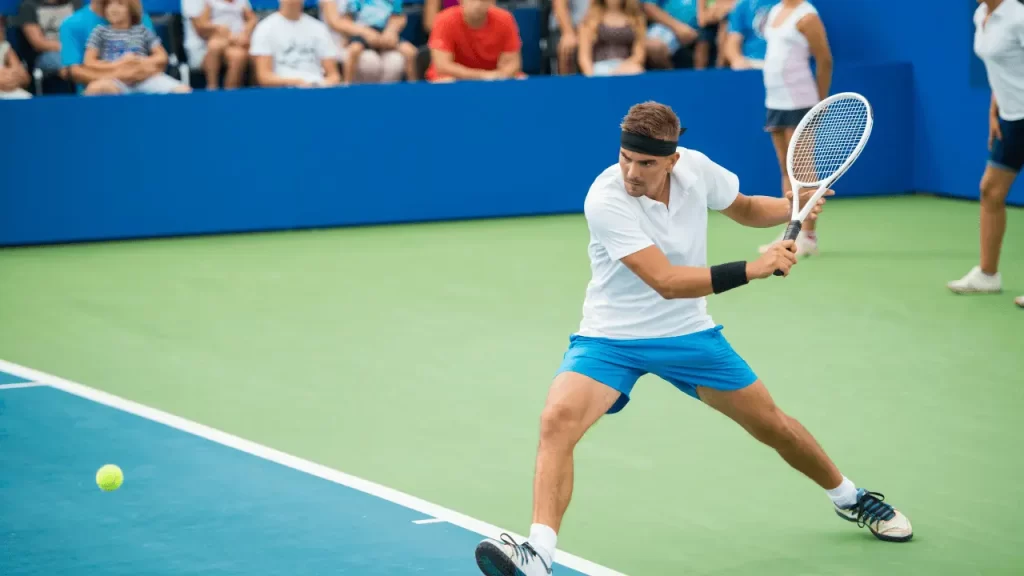
Guide on How to Choose the Best Tennis Racquet Based on Skills
After clearing your mind about your skill level, the next step is to look for the most suitable specifications in any racket accordingly. We’ve compiled all the salient features in tabular format to clear your mind about the right racquet:
| Specifications | Beginners | Intermediate Players | Professional Players |
|---|---|---|---|
| Head Size (sq. inches) | 107-115 | 100-110 | 95-100 |
| Length (inches) | 27-27 | 27-27.5 | 27-27.5 |
| Weight (strung) | Less than 11 ounces | 10.1-11.5 ounces | More than 11 ounces |
| Best for | More Power | Balance of Power and Control | More Control |
This chart is applicable to adults, while for kids, you have to follow these recommended racket lengths based on various ages:
| Age of Child | Racket’s Length (inches) |
|---|---|
| Under 5 | 19 |
| 5-year to 6-year | 21 |
| 7-year to 8-year | 23 |
| 9-year to 11-year | 25 |
Frequently Asked Questions
What are the top brands of tennis rackets for professionals?
Some of the top brands that are best to meet the requirements of professional tennis players are: Wilson, Head, Babolat, Yonex, Dunlop
Do female players need different tennis rackets than male players?
Technically, there is no difference between female and male players’ rackets. However, many females find it difficult to handle heavyweight rackets, thus they prefer lighter racket frames to move them around freely.
Female players often face difficulties with power, and wider frames are suitable to compensate for this weakness by generating more power during strokes.
What is the average lifespan of any type of tennis racket?
The actual helpful lifespan depends upon the playing style or the frequency in different types of tennis. In the case of playing tennis just once or twice a week, a racket will be effective for around two years.
Regular players with a lot of spinning and aggressive strikes need to change the tennis racket quite often to maintain their performance level. Long-term usage of any racket also affects its stiffness, which eventually reduces its power.
Bottom Line
Tennis requires practice and the right technique of spinning and striking without losing control. With proper training sessions, players polish their skills while playing tennis in both singles and doubles.
However, the performance level is dependent upon the selection of the right tennis racket so how to choose a tennis racket is important to learn. After reading this article, you have gotten the answer to your question: How to choose a tennis racquet? You can make your own choice based on your experience level and playing style.
Remember to buy only from authentic racket brands available in the market, as suitable specifications will not work if the quality of materials is not up to the mark. So, always check the rating of any store to ensure the quality and durability of their products.
